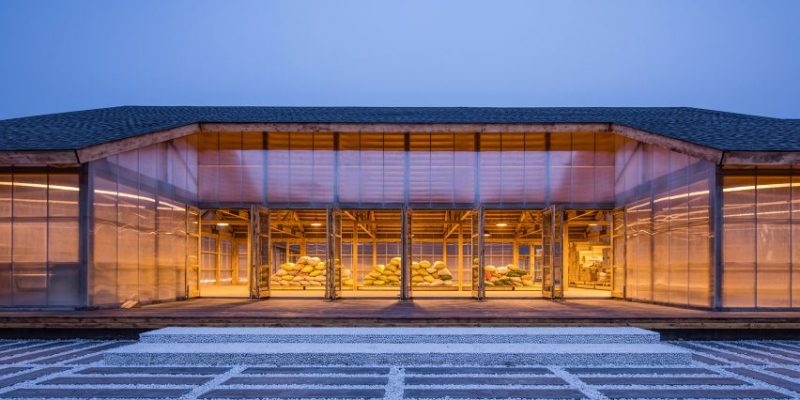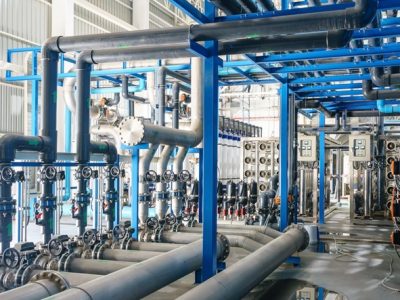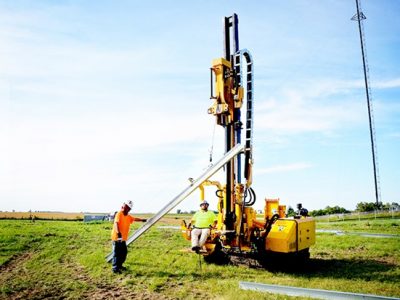While food production plants have increasingly moved towards robotics and technology, the role of humans in the process has not diminished. Now, more specialized and skilled employees are active on the floor, ensuring that the plant is functioning exactly as needed. In case any human intervention is required – or if the food in question requires human ingenuity – employees must be present.
Food plant architecture must also cater to the needs of the humans at work. Modern research in Industrial Psychology has shown employee satisfaction is directly linked to productivity on the job. Thus, by creating an environment that is more conducive to ‘good, safe work’, a food plant can ensure peak productivity at all times.
Here’s how architects are managing the growing needs of employee-friendly food plants:
- Ergonomic Workspaces
The first step of a good workspace is simple logical considerations. This comes in the form of ergonomics. Well-designed equipment layouts represent a natural flow of goods, and can thus accelerate employee understanding of the process. Additionally, a focus on adjustable workstations, comfortable seating, along with aesthetics can help boost ergonomics through design.
- Noise Controlled Environment
Any manufacturing set-up opens itself up to high decibels. Such high noises are linked to stress, hypertension, and anxiety within employees. Architects can implement noise control measures such as soundproofing and acoustic panels to help create a quieter, more manageable environment.
- Technology Integration
Contrary to popular belief, technology can help support jobs instead of taking them completely. Food plant architecture can focus on integrating cutting-edge technology into production. In fact, automated systems can completely negate the need for any repetitive, mundane tasks. This allows employees to focus on higher-order needs at the job, thus engaging with a more rewarding job.
- Air Control and Ventilation
Airborne particles and contaminants are common in food processing plants. This makes optimal air quality crucial! Architects can integrate ventilation, air purification technology, and more air circulation measures to ensure a healthier workspace. A high degree of control over air quality can help employees feel energized and motivated.
- Focus on Safety
Possibly the most important aspect of any manufacturing unit – safety. A plant such as this involves many moving parts, as such, the possibility of accidents and incidents is never 0. Well-lit spaces, clearly marked pathways, and strategically placed safety equipment contribute to a secure working environment. By moulding design towards employee safety, goals can be executed confidently!
Employee-centric design is not a fad but a necessity. Stendel + Reich food plant architects intimately understand this need and can help implement solutions for your plants.












Comments